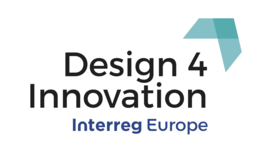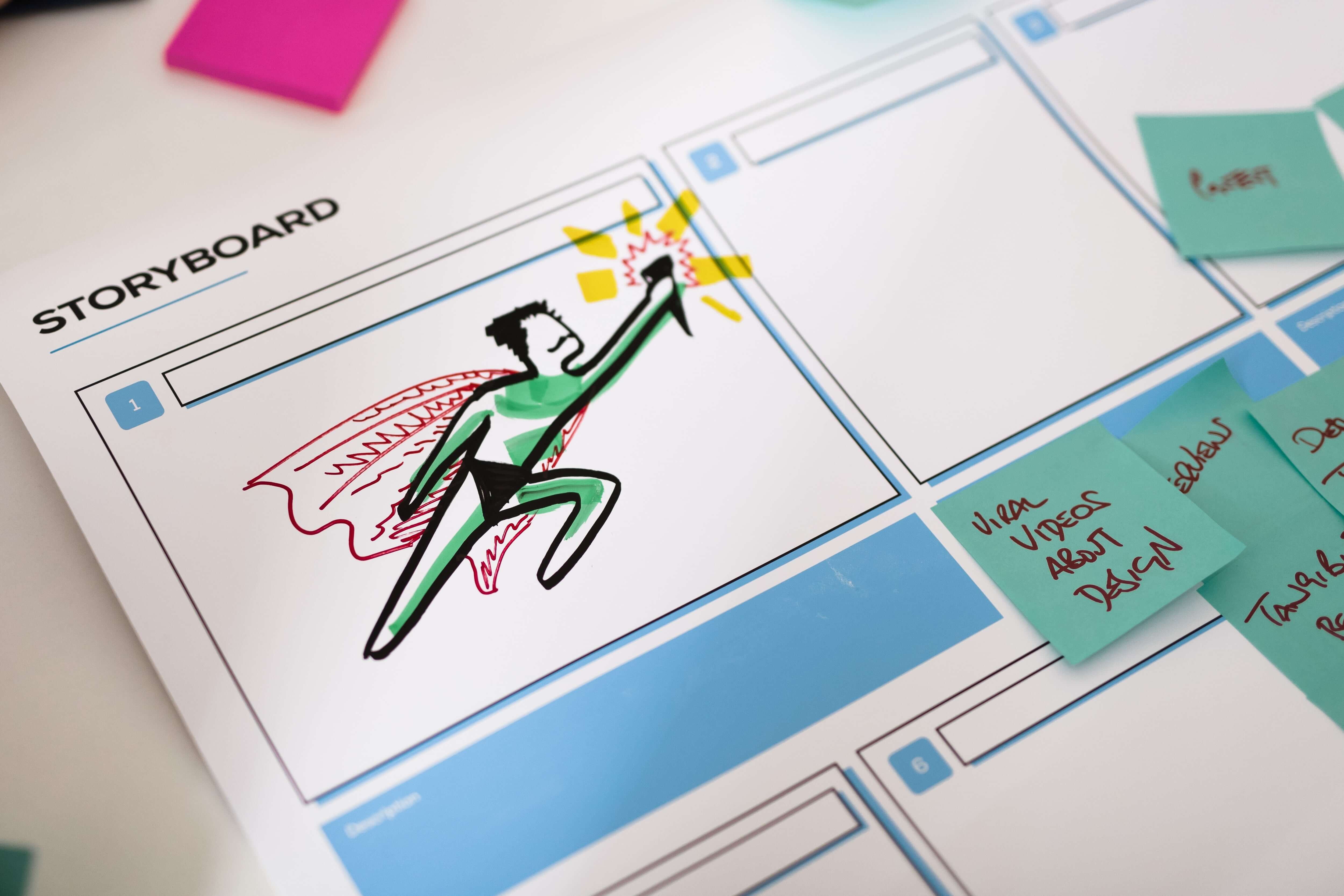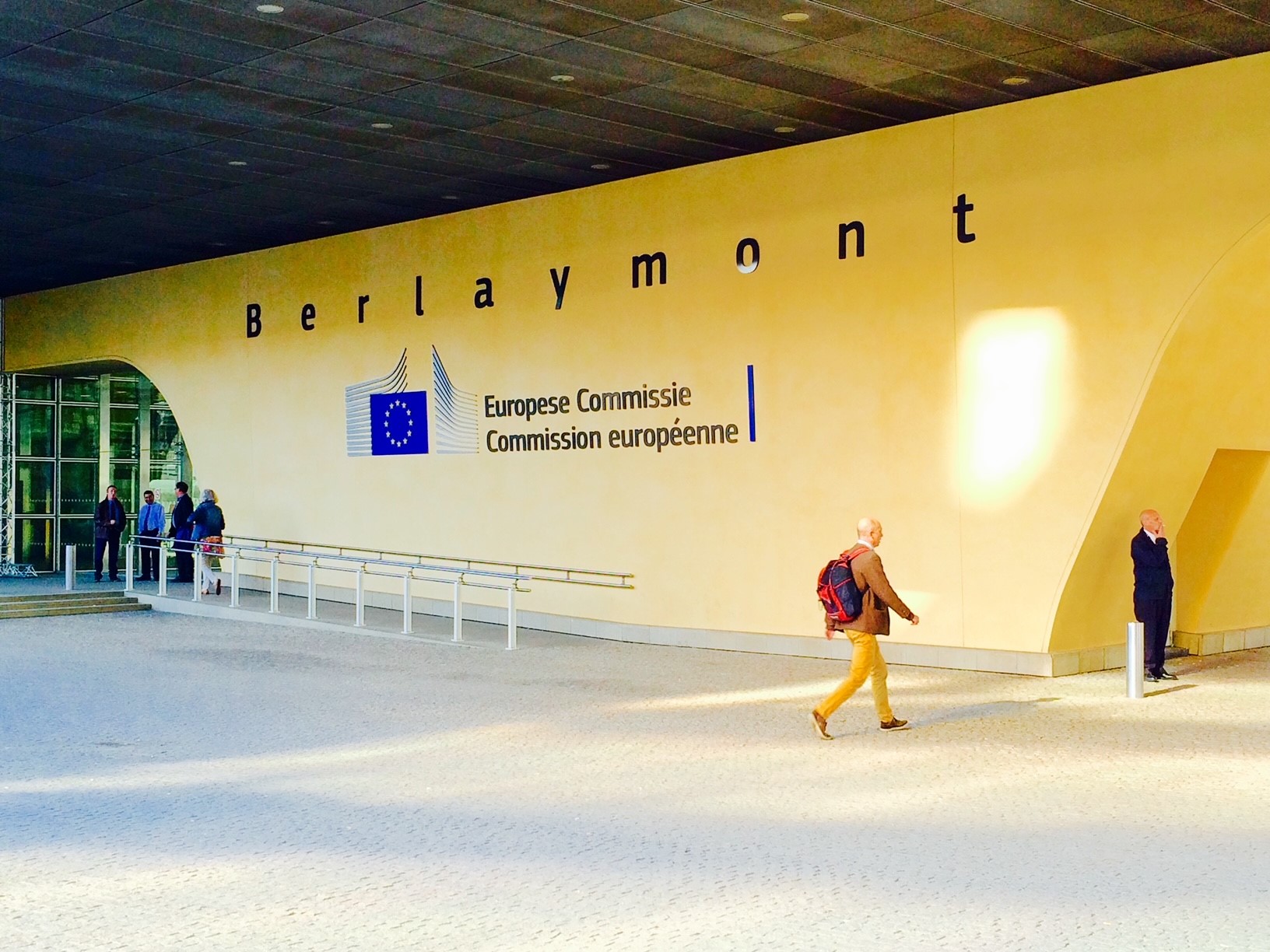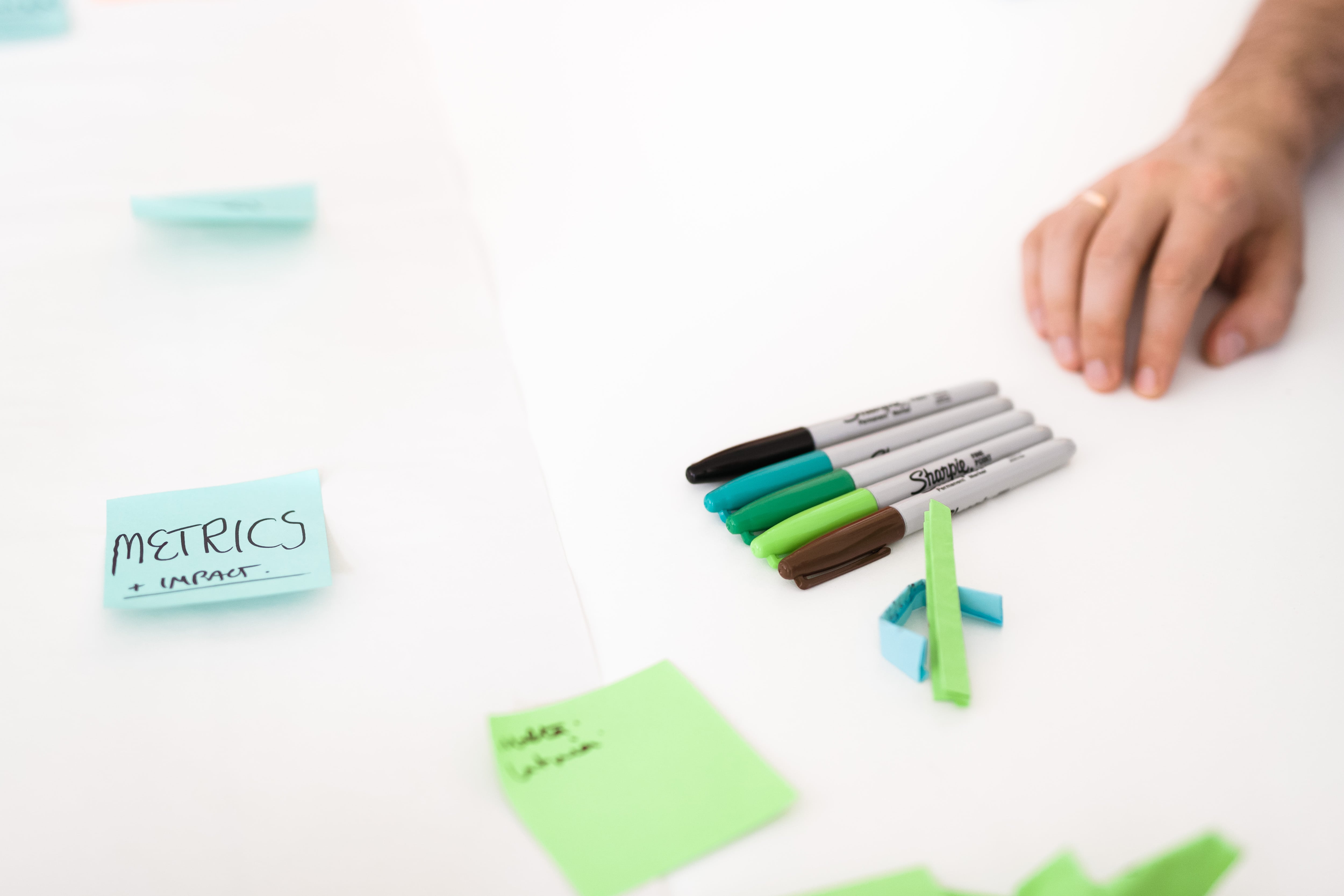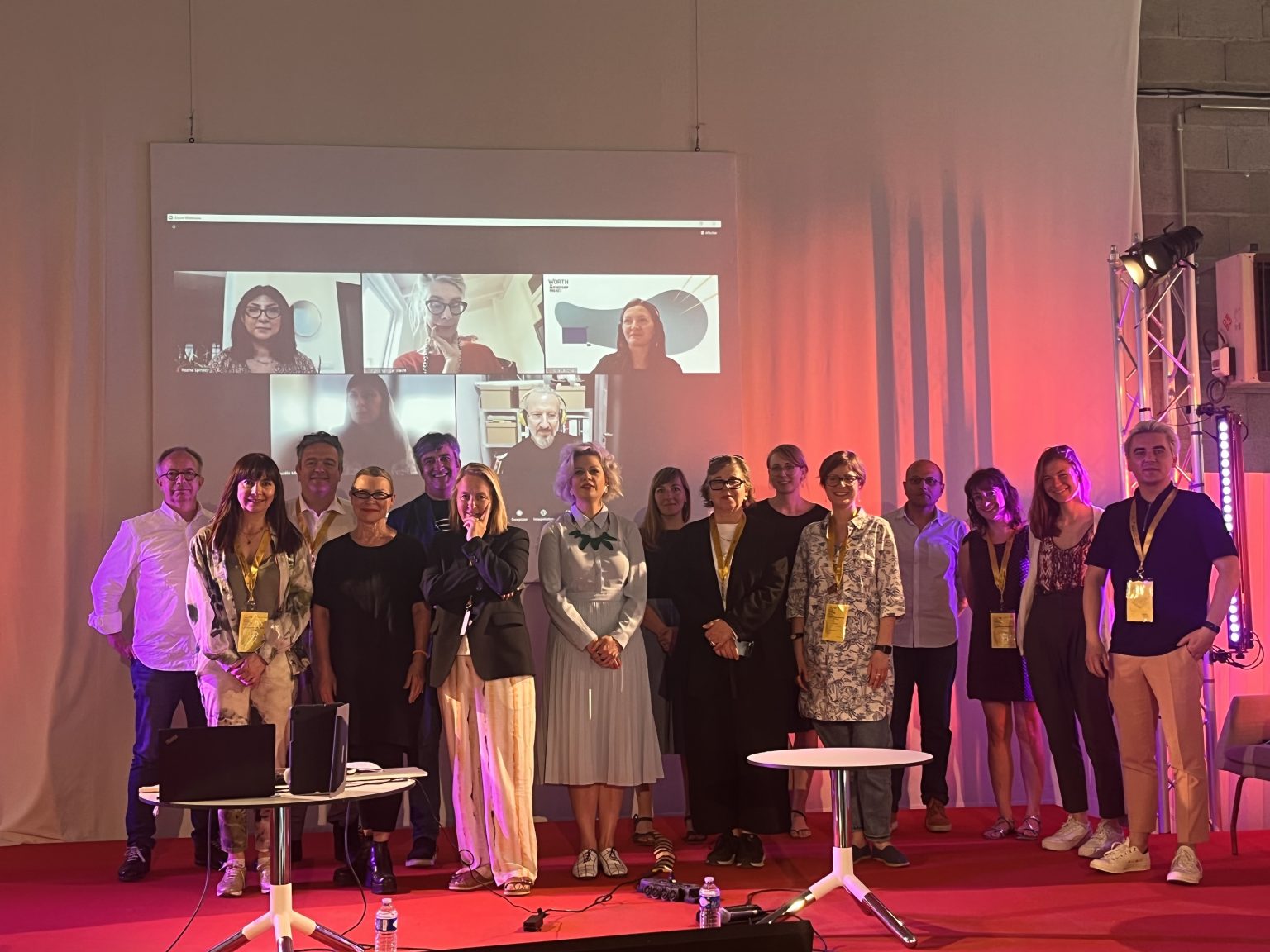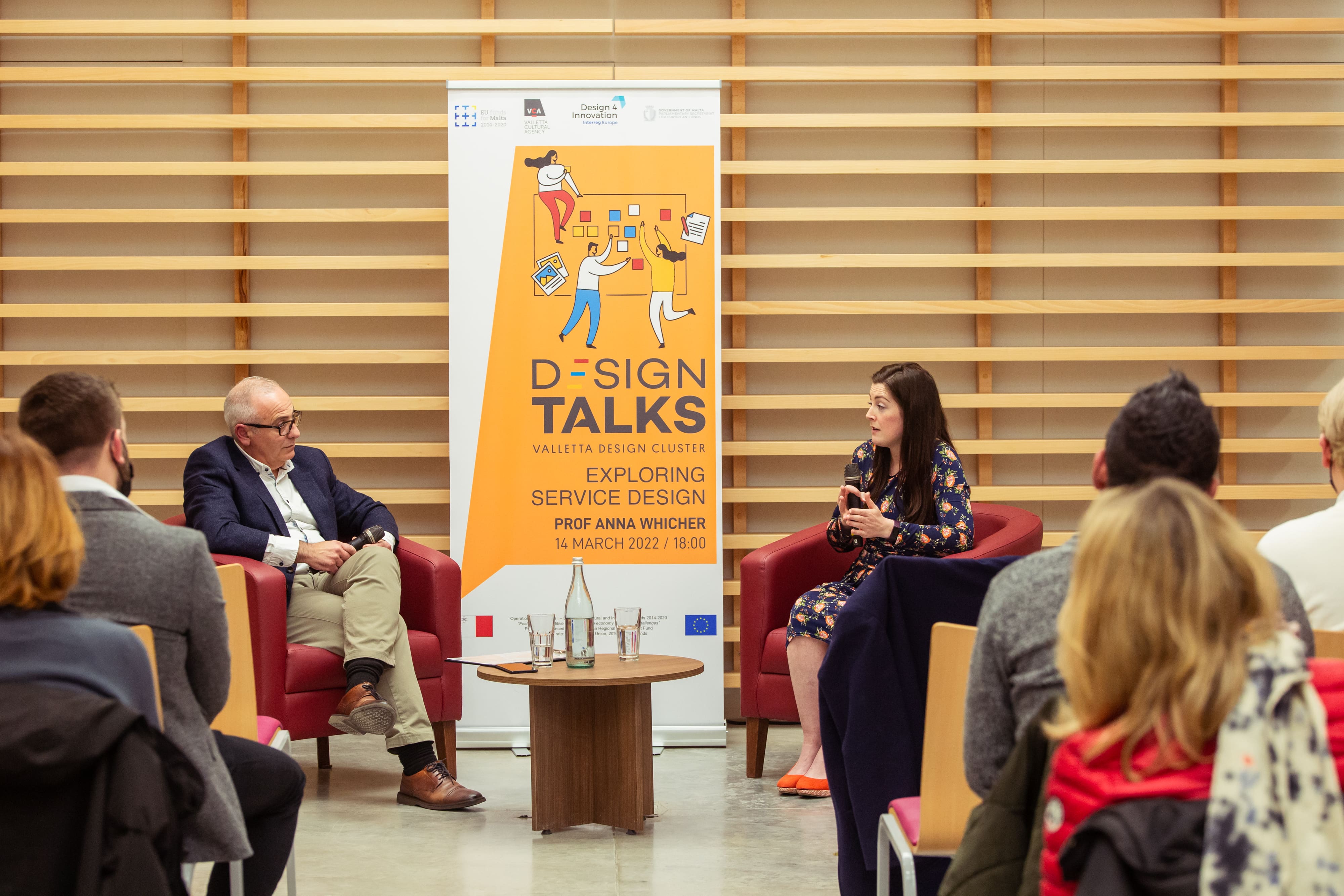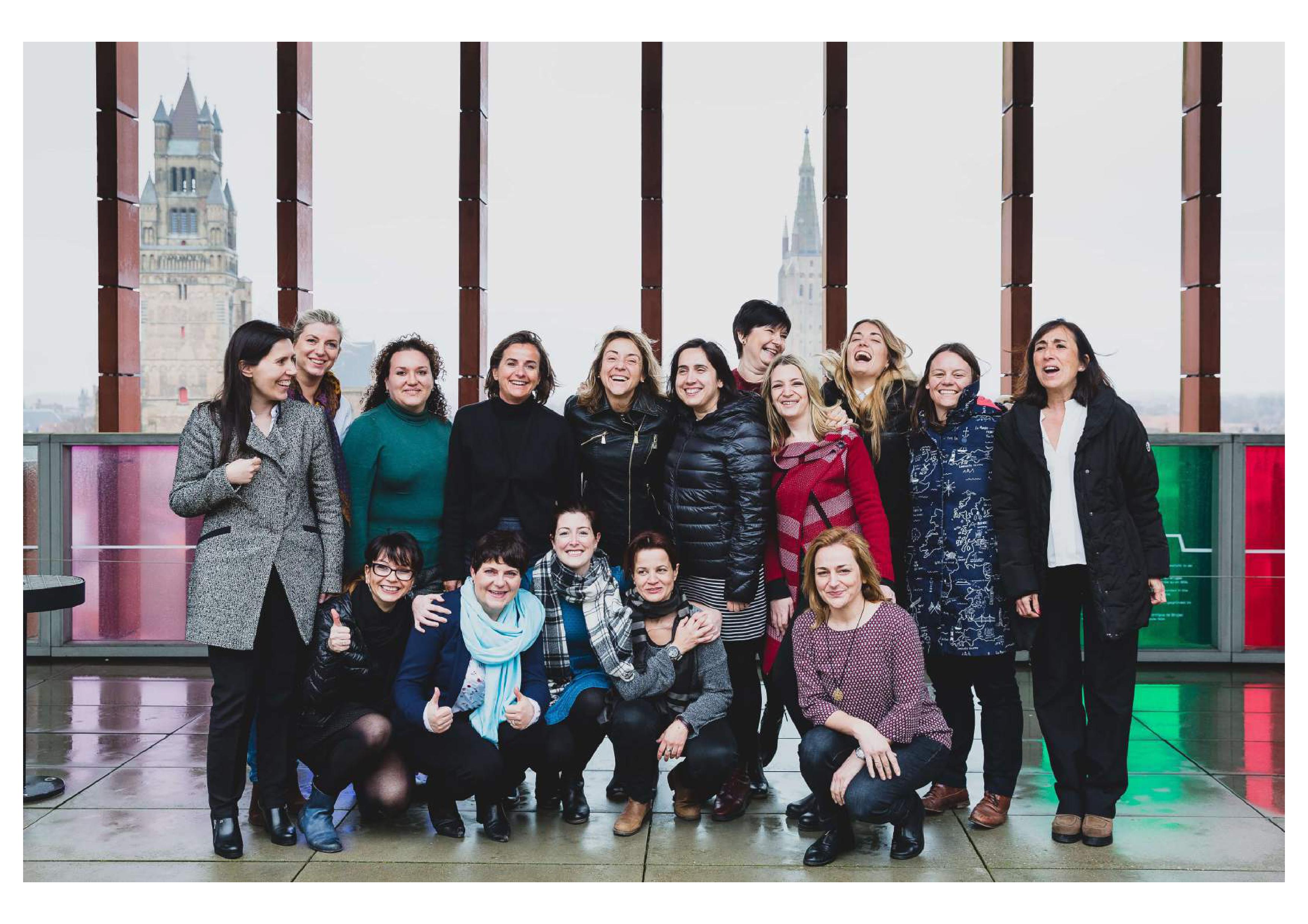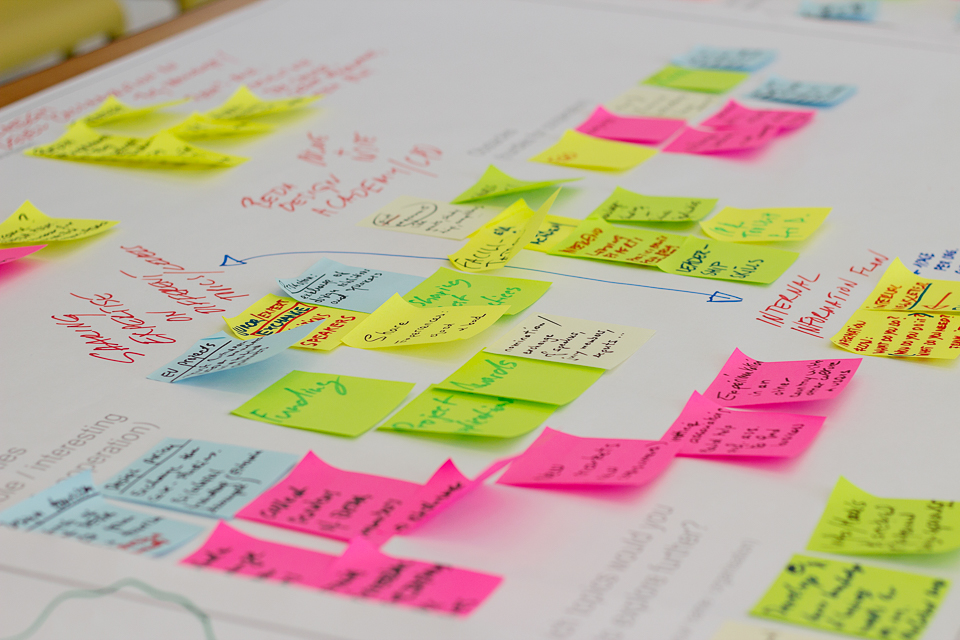The European Commission has launched a new Circular Economy Action Plan. It builds on the 2015 plan 'Closing the loop' and constitutes one of the main building blocks for delivery of the EU Green Deal. In this quest to become the first climate neutral continent, the Commission sets ambitious direction for the whole economic system. The action plan forms part of a wider EU Industrial Strategy and proposes specific measures around main themes:
- Designing sustainable products;
- Empowering consumers and public buyers;
- Circularity in production processes with focus on key sectors such as: electronics and ICT; batteries and vehicles; packaging; plastics; textiles; construction and buildings; food; water and nutrients;
- Ensuring less waste.
The new plan is looking to act locally - through urban and regional initiatives and behavioural change; as well as globally - leading worldwide efforts for cleaner, healthier and more sustainable planet.
The Commission recognises the role that design has to play in this transition. More than three out of four decisions directly influencing materials selection and manufacturing processes are determined in the design phase and over 80% of the ecological costs are determined before the product is even created. As such, design, in terms of product and service development as well as managing the development process is fundamental for the circular economy. In the recent position paper, BEDA - Bureau of European Design Associations outlined how design can contribute to achieving European ecological ambitions:
"As creators of new things, designers have a huge role to play in the responsible sourcing of materials and production of goods, as well as the way in which they are traded and consumed. To support a transition to a circular economy, a growing number of designers and design researchers are exploring clean technologies and new ways to circulate materials and products. Design opportunities for circularity can be framed from production and business model points of view, moving towards energy-efficient digital solutions and sharing schemes. Furthermore, design can also instigate changes in consumption behaviour positioning the right choices as easy and attractive, as well as through persuasive visual campaigns and effective graphics explaining statistics and information on the environment. The collaborative and interdisciplinary nature of design can facilitate difficult discussions and solving challenges that will occur on the change path and ensure that the transition is fair and leaves nobody behind."
PDR, Design4Innovation lead partner, for years has been supporting regions in successful adoption of design for sustainability and competitiveness. You can find more about this work here or get in touch with us.
